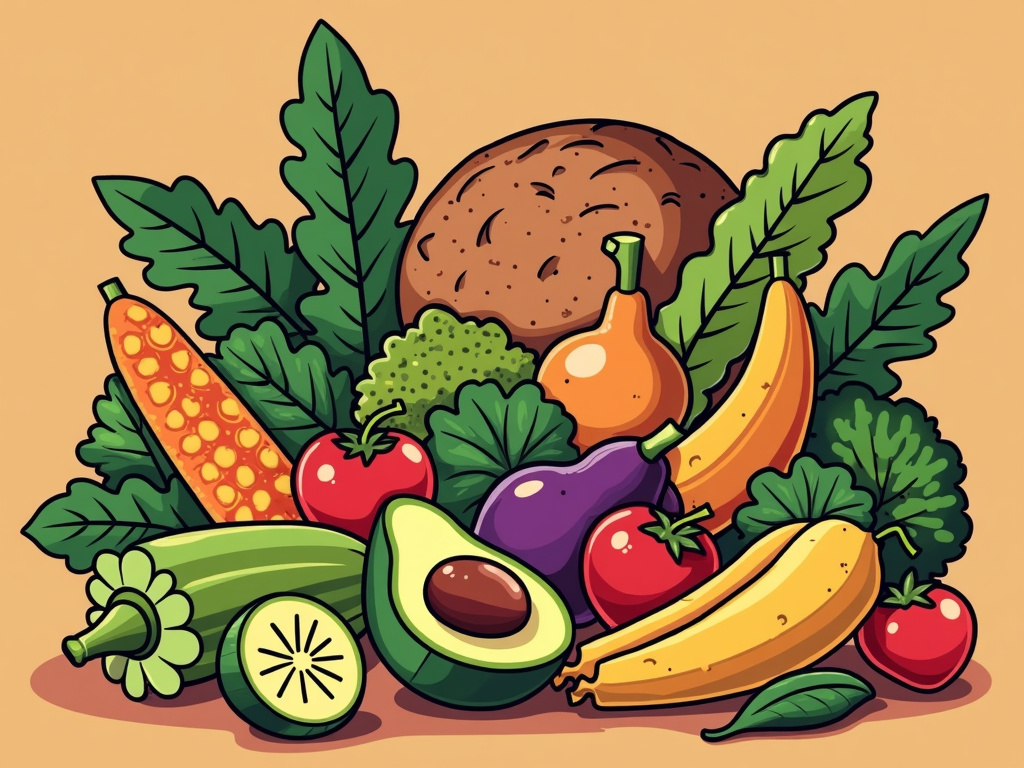Transitioning to a vegan lifestyle is a significant decision that can bring numerous health benefits, contribute to environmental sustainability, and align with ethical values. However, like any major dietary change, it’s important to approach veganism thoughtfully to ensure that your nutritional needs are met. This guide provides practical advice on how to go vegan safely, ensuring that your journey to a plant-based diet is both healthy and sustainable.
1. Educate Yourself on Vegan Nutrition
Before making the switch, it’s essential to understand the nutritional basics of a vegan diet. A well-planned vegan diet can provide all the nutrients your body needs, but it requires knowledge and careful planning. Key nutrients to focus on include:
- Protein: Common sources of plant-based protein include legumes (beans, lentils, chickpeas), tofu, tempeh, seitan, and quinoa. Incorporating a variety of these into your diet ensures you get all the essential amino acids.
- Vitamin B12: Since B12 is primarily found in animal products, vegans must get it from fortified foods (like plant-based milks and cereals) or take a B12 supplement.
- Iron: Plant-based sources of iron include lentils, chickpeas, spinach, and fortified cereals. Pairing these with vitamin C-rich foods (like citrus fruits, tomatoes, and bell peppers) can enhance iron absorption.
- Calcium: Important for bone health, calcium can be found in fortified plant milks, tofu made with calcium sulfate, almonds, and leafy greens like kale and bok choy.
- Omega-3 Fatty Acids: Essential for heart and brain health, sources of vegan omega-3s include flaxseeds, chia seeds, walnuts, and algae-based supplements.
- Vitamin D: Sun exposure is a natural source of vitamin D, but in regions with limited sunlight, consider taking a supplement or consuming fortified foods.
2. Start Slowly
Going vegan overnight can be overwhelming. Instead, consider a gradual transition:
- Begin by Reducing Animal Products: Start by eliminating one animal product at a time, such as red meat, then poultry, fish, dairy, and eggs. This allows your body and taste buds to adjust.
- Introduce More Plant-Based Foods: Gradually increase your intake of fruits, vegetables, whole grains, nuts, and seeds. Experiment with different plant-based proteins to find those you enjoy.
- Try Vegan Versions of Favorite Dishes: Many traditional recipes can be veganized. For example, use lentils instead of ground meat in pasta sauce or tofu instead of scrambled eggs.
3. Plan Balanced Meals
Meal planning is crucial to ensure you’re getting a balanced diet. Each meal should include a variety of food groups:
- Breakfast: Start your day with a nutrient-packed meal, such as oatmeal topped with fruits, nuts, and seeds, or a smoothie made with leafy greens, plant-based protein powder, and almond milk.
- Lunch and Dinner: Create meals that combine vegetables, whole grains (like brown rice or quinoa), and a protein source (like beans, tofu, or tempeh). Add healthy fats through avocados, nuts, or olive oil.
- Snacks: Keep healthy snacks on hand, like fresh fruit, hummus with veggies, or a handful of nuts, to avoid reaching for less nutritious options.
4. Stay Hydrated
Hydration is often overlooked, but it’s crucial for overall health. Drink plenty of water throughout the day, and include hydrating foods like cucumbers, watermelon, and oranges in your diet. Herbal teas and coconut water are also good options.
5. Supplements to Consider
While a well-planned vegan diet can meet most nutritional needs, some people may benefit from supplements:
- Vitamin B12: As mentioned, this is a critical supplement for vegans.
- Vitamin D: Especially in areas with limited sunlight, a D2 or D3 (from lichen) supplement may be necessary.
- Omega-3 Fatty Acids: If you’re not consuming enough flaxseeds, chia seeds, or walnuts, consider an algae-based omega-3 supplement.
- Iron: If you’re at risk for anemia or have low iron levels, consult with a healthcare provider about taking an iron supplement.
6. Listen to Your Body
Pay attention to how your body responds to a vegan diet. While many people thrive on a plant-based diet, it’s important to monitor how you feel and adjust your diet as needed. Common signs that you might need to tweak your diet include fatigue, hair loss, or digestive issues.
7. Seek Support and Resources
Going vegan is easier with the right support:
- Join Vegan Communities: Online forums, social media groups, and local vegan meetups can provide valuable advice, recipes, and encouragement.
- Consult a Nutritionist: If you’re unsure about meeting your nutritional needs, consider consulting a registered dietitian who specializes in vegan nutrition.
- Use Vegan Resources: There are many apps, cookbooks, and websites dedicated to vegan recipes, nutrition tips, and dining guides.
8. Be Prepared for Social Situations
Eating out or attending social events can be challenging when you’re new to veganism. Here’s how to navigate them:
- Research Restaurants: Before dining out, check menus online to find vegan-friendly options. Many restaurants are accommodating and can modify dishes to be vegan.
- Bring a Dish: If you’re attending a gathering, offer to bring a vegan dish that everyone can enjoy.
- Communicate: Don’t be afraid to let hosts or friends know about your dietary preferences in advance.
Conclusion
Going vegan can be a rewarding and healthful lifestyle change, but it’s important to approach it with knowledge and care. By understanding your nutritional needs, planning balanced meals, and seeking support, you can transition to a vegan diet safely and sustainably. Whether you’re motivated by health, ethical concerns, or environmental reasons, a well-planned vegan diet can offer a fulfilling and nutritious way of life.
